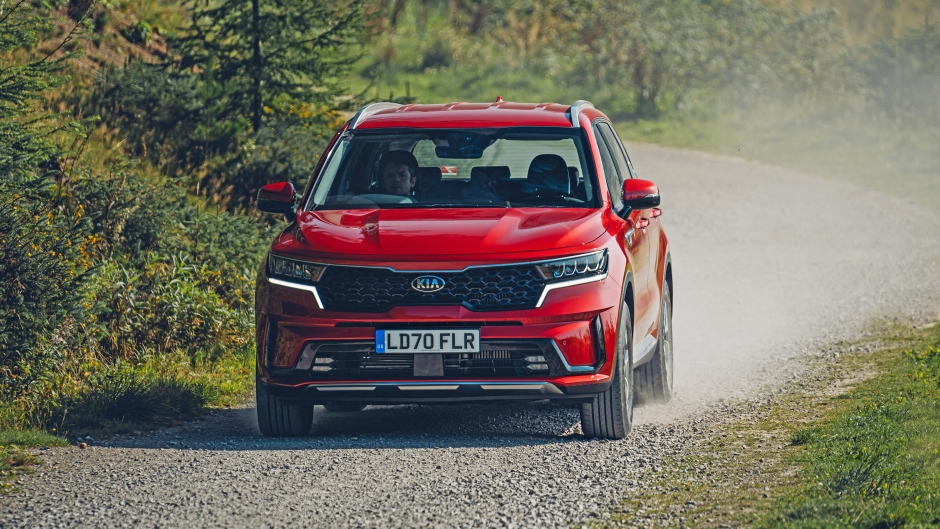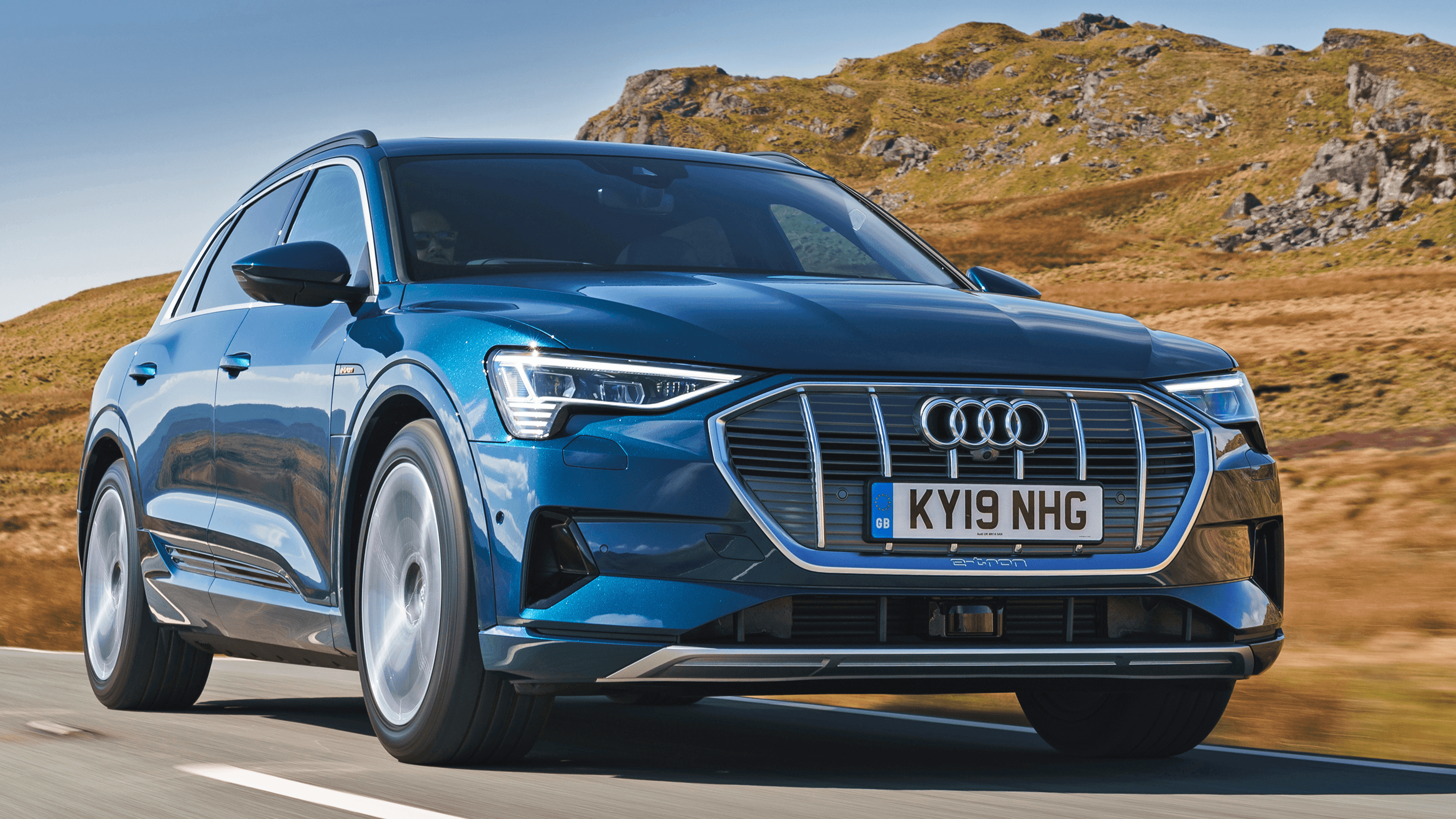What is an SUV?
SUVs are becoming increasingly popular, but what exactly is an SUV?
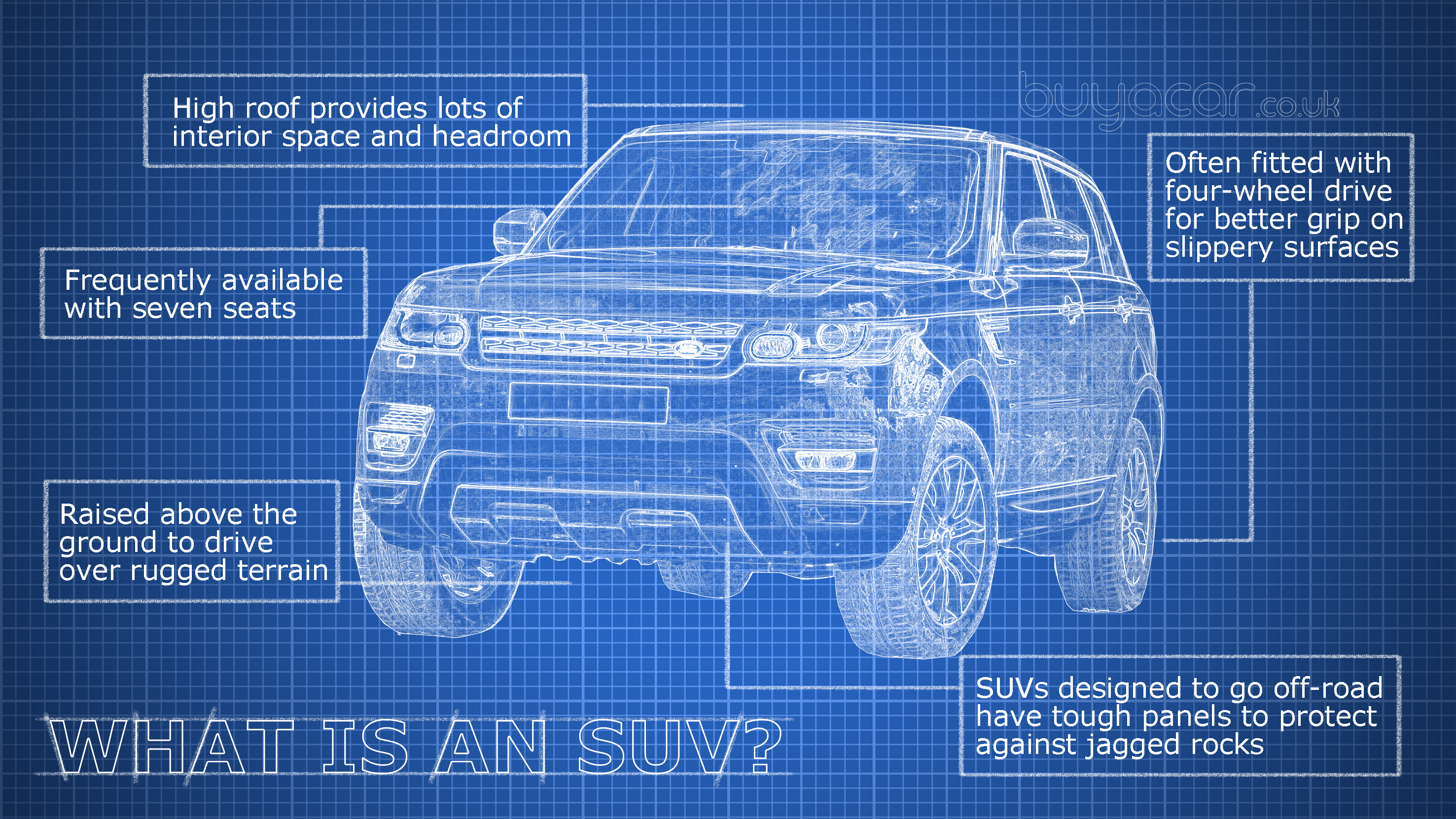
If you have been looking to buy a new or used car, you may have come across the term ‘SUV’. Car manufacturers are always trying to respond to their customers by creating new models in different shapes and sizes. Estate cars and hatchbacks were once the go-to cars for most people, as they seamlessly fit into our day-to-day lives.
However, SUVs have become increasingly popular over the past decade and have now taken top spot for the post popular cars purchased from new. Customers love SUVs, and car manufacturers are responding by making more and more variations of them.
So, what exactly is an SUV? The term ‘SUV’ stands for Sports Utility Vehicle, but that doesn’t really tell you much about what they do. To put it simply, an SUV is a car that has been raised up from the ground to provide a higher driving position and features a spacious interior with a large boot space.
SUVs of the past were traditionally rugged, four-wheel-drive, off-roading machines, but their practicality and high driving position made them increasingly popular with families. Over time, more and more drivers used SUVs on tarmac rather than in muddy terrain, so manufacturers responded by making them more comfortable, stylish, and more car-like to drive at the expense of their off-road ability.
What is an SUV?
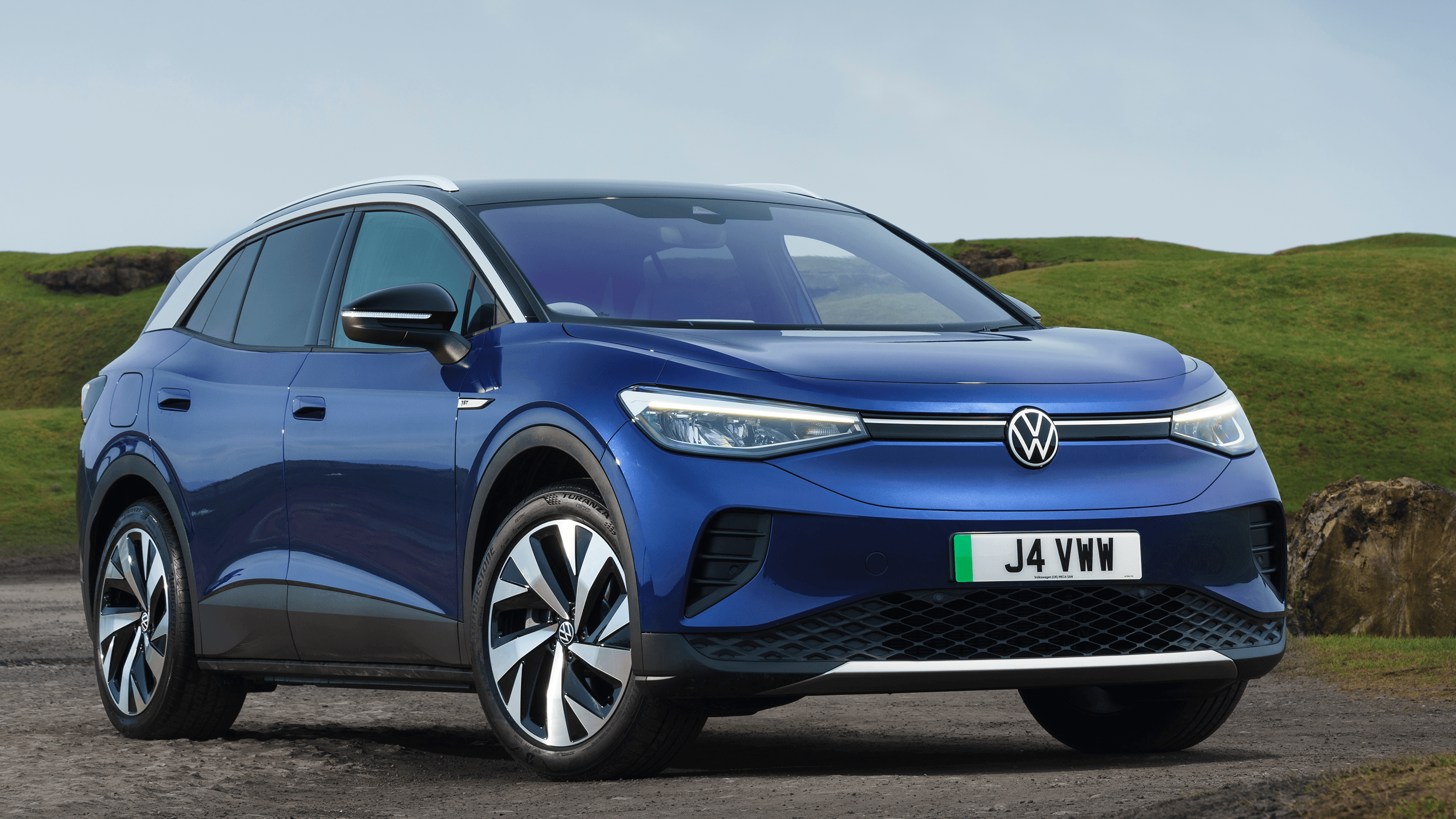
Some manufacturers still make SUVs that are very capable of going off-road, such as the Toyota Land Cruiser or the Land Rover Defender. However, the vast majority of new SUVs are designed with family use and road driving in mind.
Most car manufacturers now make an SUV with their own added twist. For example, you can get premium SUVs such as the BMW X5 or Mercedes GLA (below), more affordable options such as the Suzuki Vitara and Nissan Qashqai, and even sporty SUVs that will outrun most cars on the road such as the Porsche Macan or the Lamborghini Urus. Electric SUVs such as the Kia e-Niro, Volkswagen ID.4 (above) and Jaguar I-Pace are also becoming increasingly popular for their rechargeability and quiet drive.
Is a crossover an SUV?

Although there are slight differences between a crossover and an SUV, both terms are used by car manufacturers to describe taller cars with a higher driving position and chunky, off-road looks.
Audi, for example, describes the Q2 as a small SUV, but underneath the metal are the same parts that you'll find in an Audi A3 hatchback, which makes it a crossover. If you're unsure about a particular car, check our buyers' guides for clarity.
Used SUVs
Over the last decade or so, we have seen SUVs become the popular choice for an overwhelming majority of drivers. The growth in sales has been profound, and as a result, manufacturers have been prioritising production of these high-riding and practical family cars ahead of everything else. Even heritage sporting brands like Alfa Romeo and Lamborghini have launched their own interpretations.
SUVs: pros and cons
Pros
✔ Practical, often with seven seats
✔ High driving position
✔ Useful for casual off-roading
Cons
✘ Poor efficiency
✘ Bulky and tricky to manoeuvre
✘ Expensive
Seven-seater SUVs

Thanks to their size, many SUVs are available with seven seats. You will lose some boot space for the extra seats, but they can usually be folded flat to enlarge the boot.
Some models, including the Kia Sorento, Volvo XC90 (above), and Audi Q7 come with seven seats as standard but others, including the Nissan X-Trail, Land Rover Discovery Sport and Hyundai Santa Fe offer them either as optional extras or on certain models only.
Do all SUVs have four-wheel drive?
No, not all of them. While many of the early SUVs may have had four-wheel drive, special off-road gears and even towing equipment, manufacturers dropped these features on a lot of newer SUVs to suit tarmac driving. It helped save weight and improve fuel economy to make these vehicles front-wheel drive, and now even some Land Rovers only have two-wheel drive.
SUVs for snow and flooding
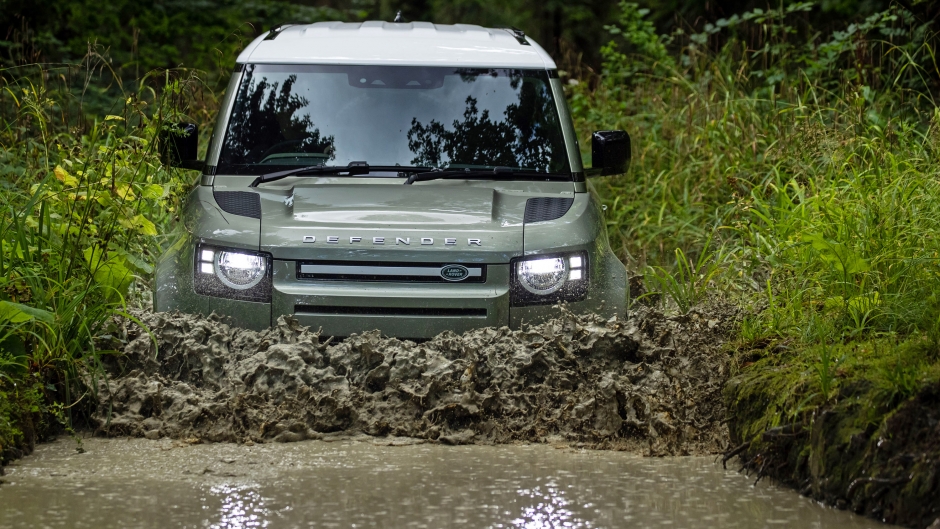
The height of SUVs naturally makes them better at travelling through water, but they aren't powerboats: a river that's burst its banks may well be too deep even for an SUV. If that's combined with a strong current, then you can find yourself in the serious situation of your SUV being carried down the river.
An enormous SUV, such as the Toyota Land Cruiser can drive through water that's up to 700mm deep - considerably less than a metre. A Range Rover can wade through water that's 900mm deep. Land Rover also offers a sonar system, using sensors to detect the depth of the water that the car is driving through and sounding an alert if it gets too deep.
The extra height of an SUV will also be useful in heavy snow - the type that's common in Scotland during winter. It's less likely to be needed in the rest of the country when snowfall is typically light. Winter tyres and four-wheel drive are the two systems that will help the most in this type of situation. Both of these are available on standard cars.
Can I take an SUV off-road?
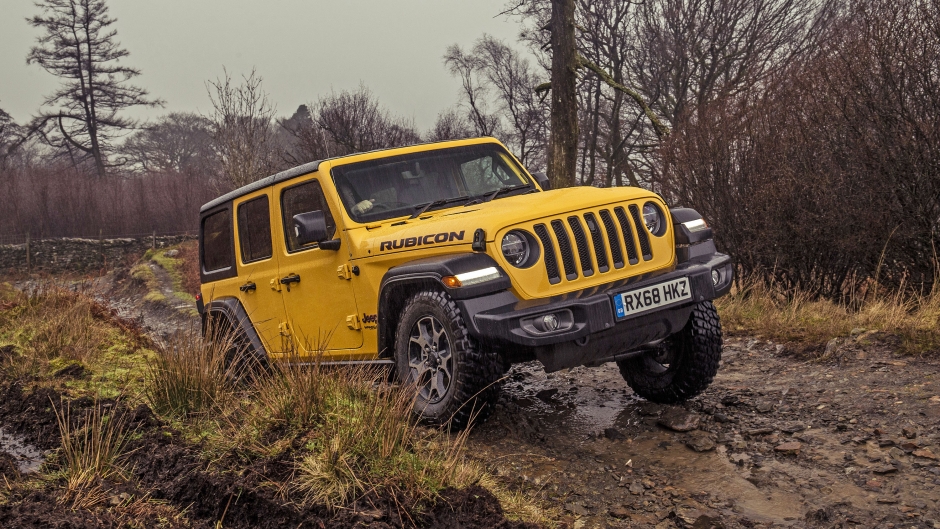
The first SUVs may have been go-anywhere cars, but some modern SUVs aren’t suited to travelling off-road. If your SUV has four-wheel drive, then it shouldn't get stuck in a muddy field that's fairly flat, and you've got a better chance of keeping it moving on snow and icy roads.
However, if you need to drive up a slippery slope, or cross rough terrain that's covered in jagged rocks, ruts and steep angles, then you're more likely to require an SUV that's been designed with some off-roading in mind, such as the Land Rover Defender.
Some SUVs include an off-road setting, which sets up the car for more testing conditions, such as sand, rocks or snow.


